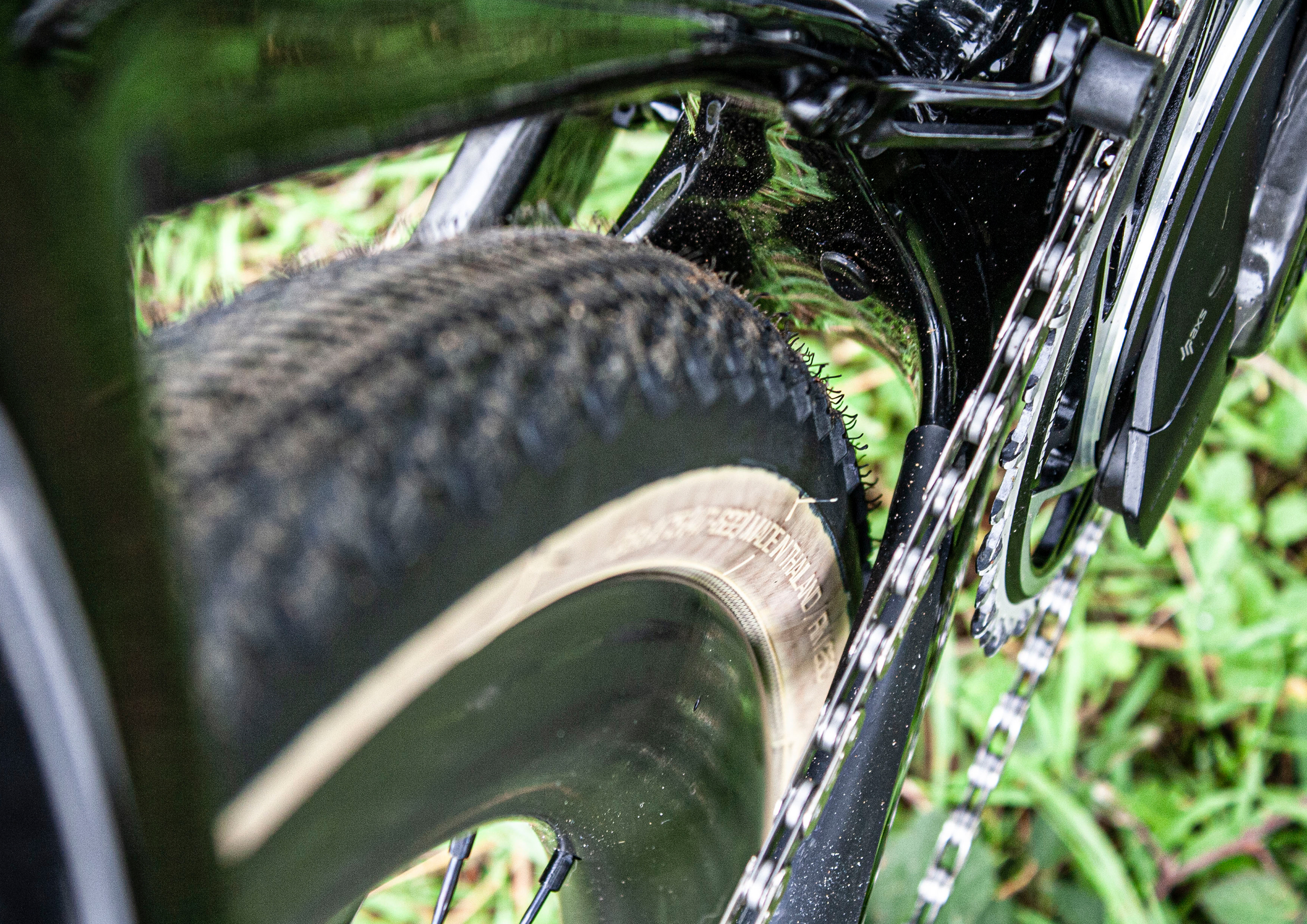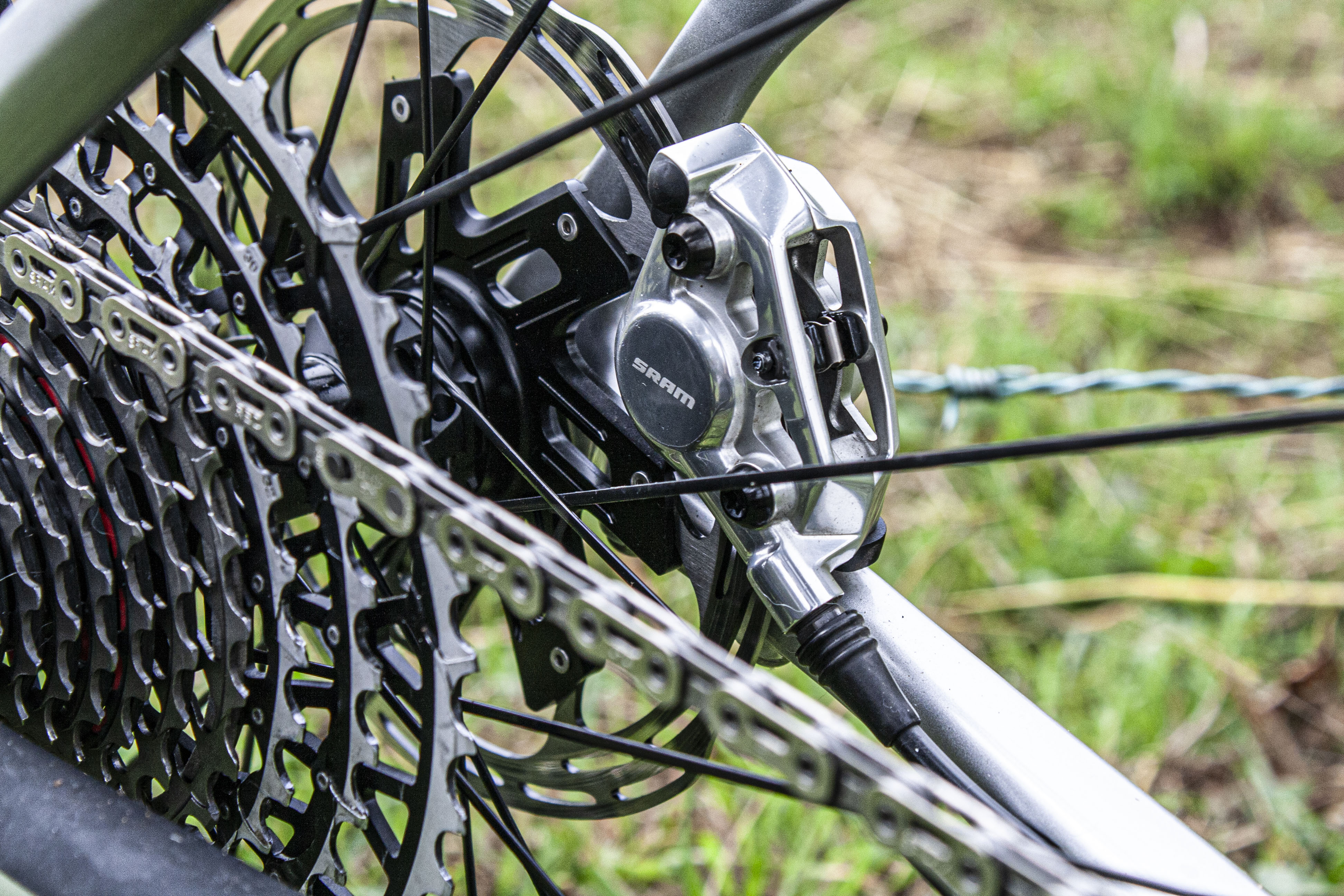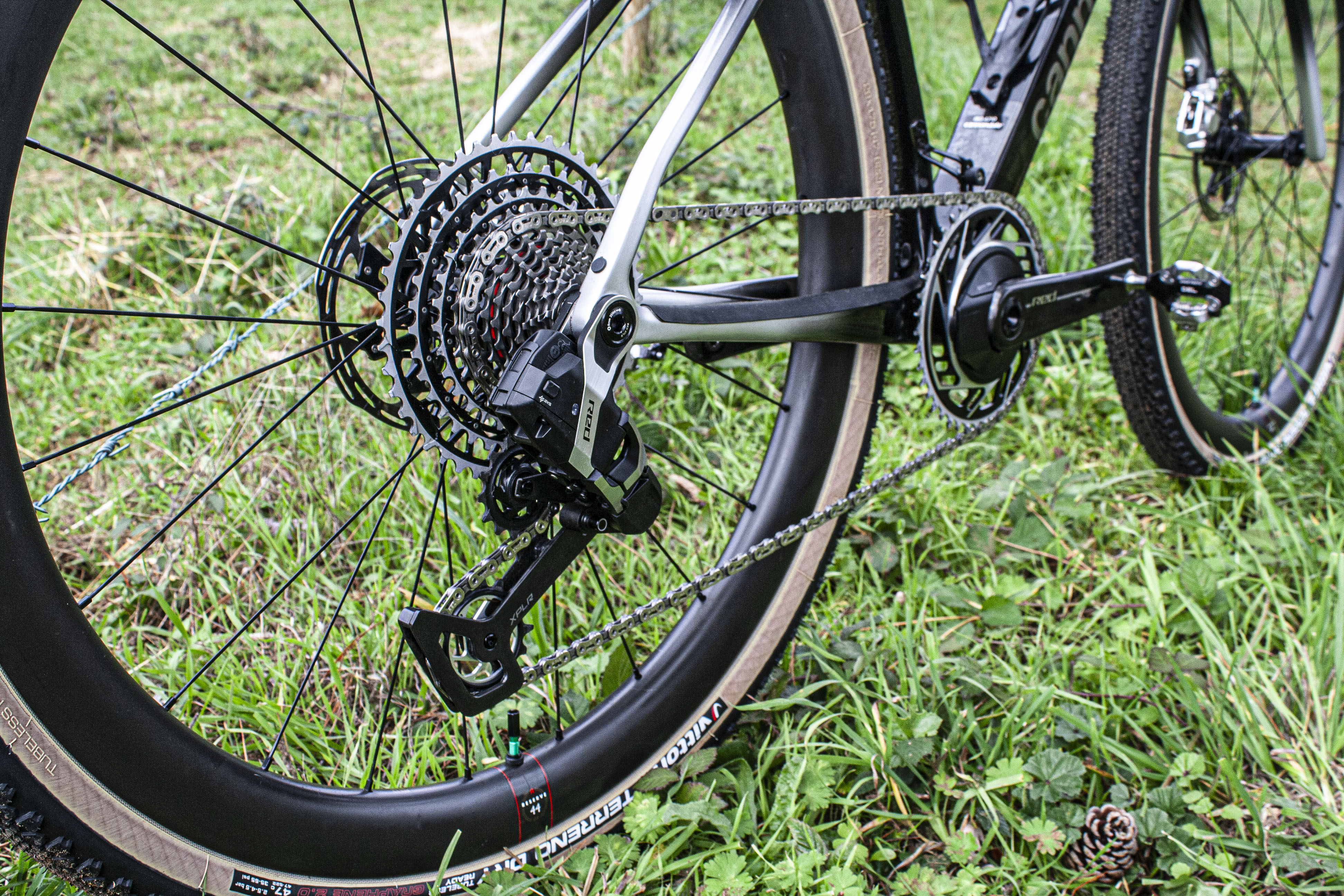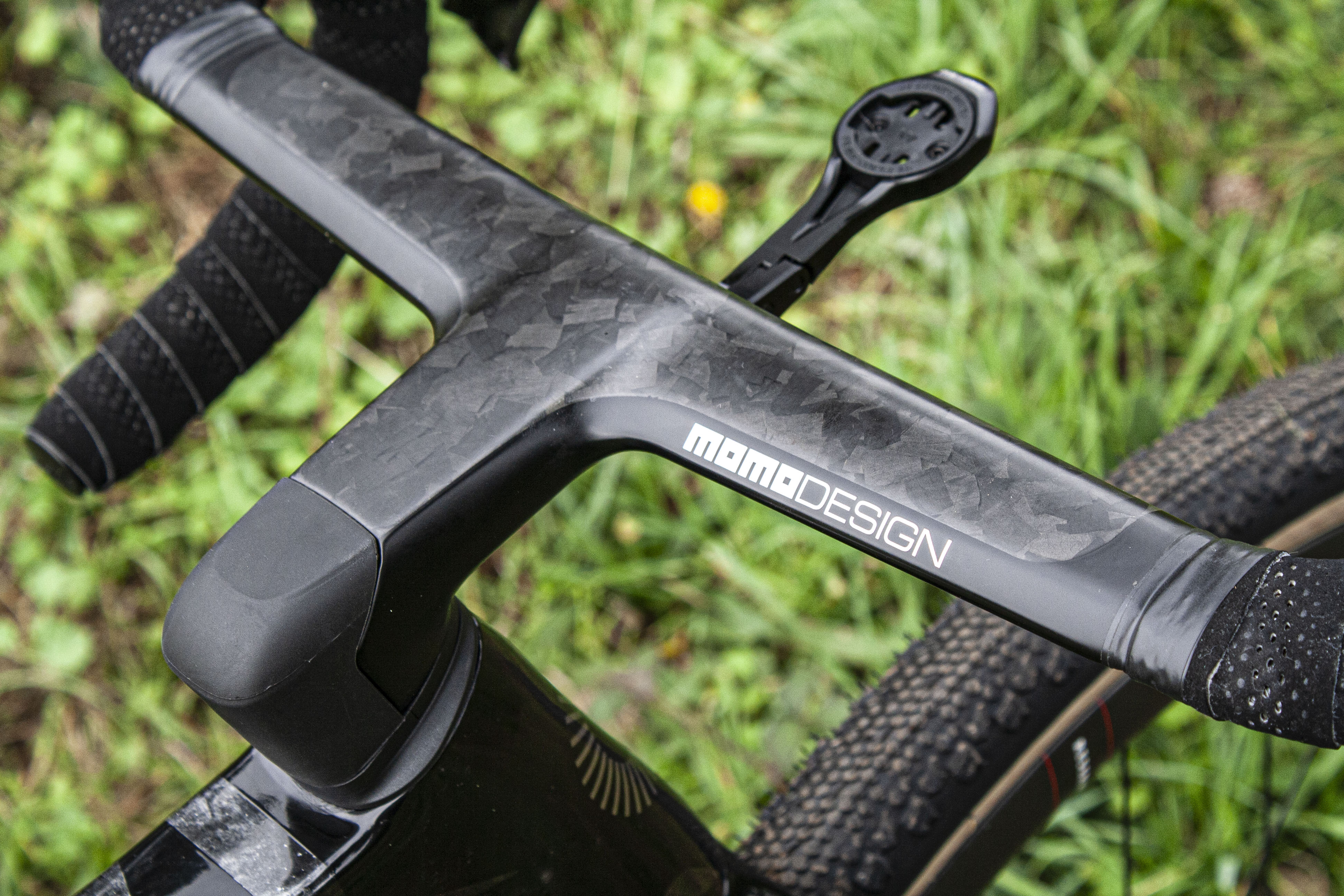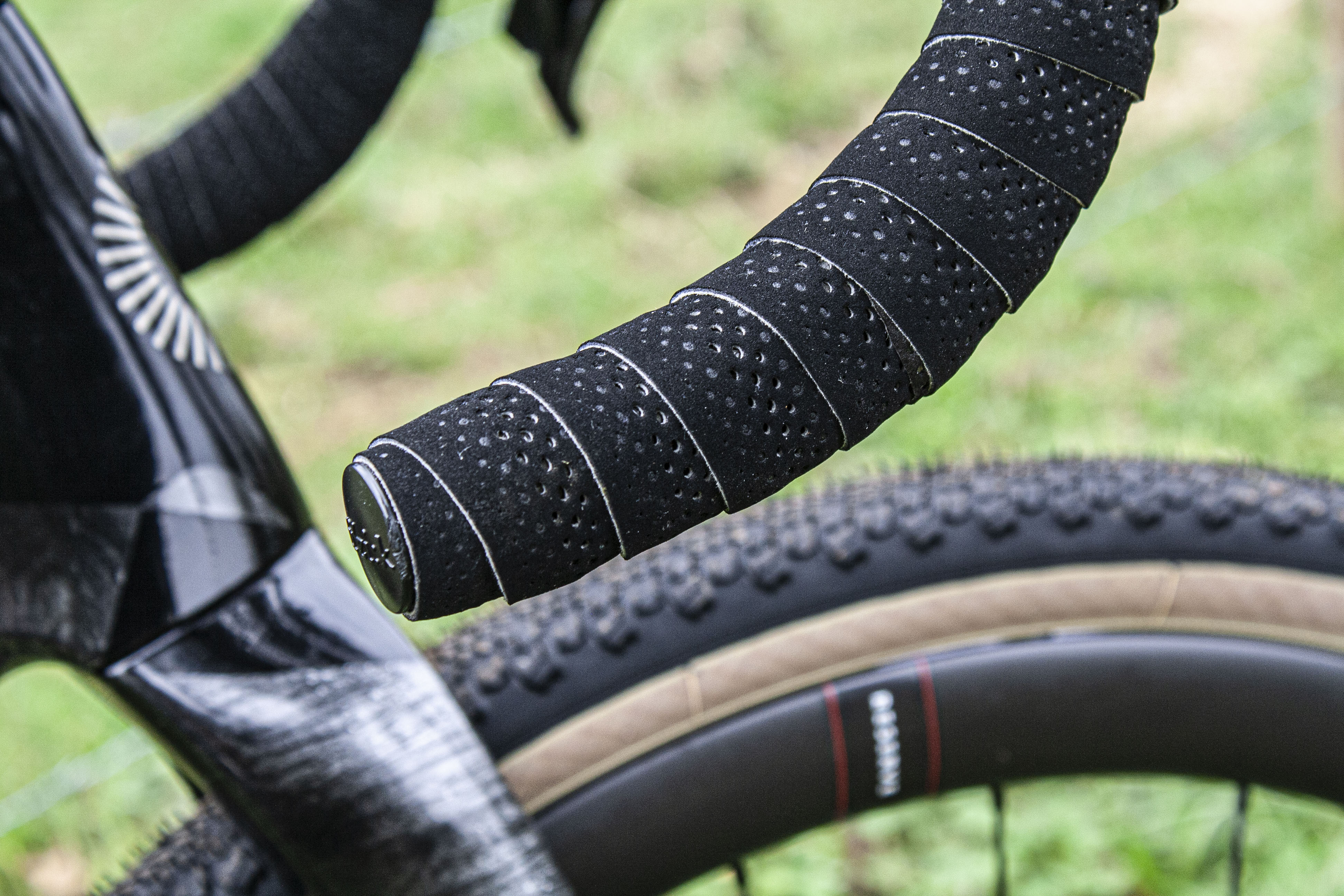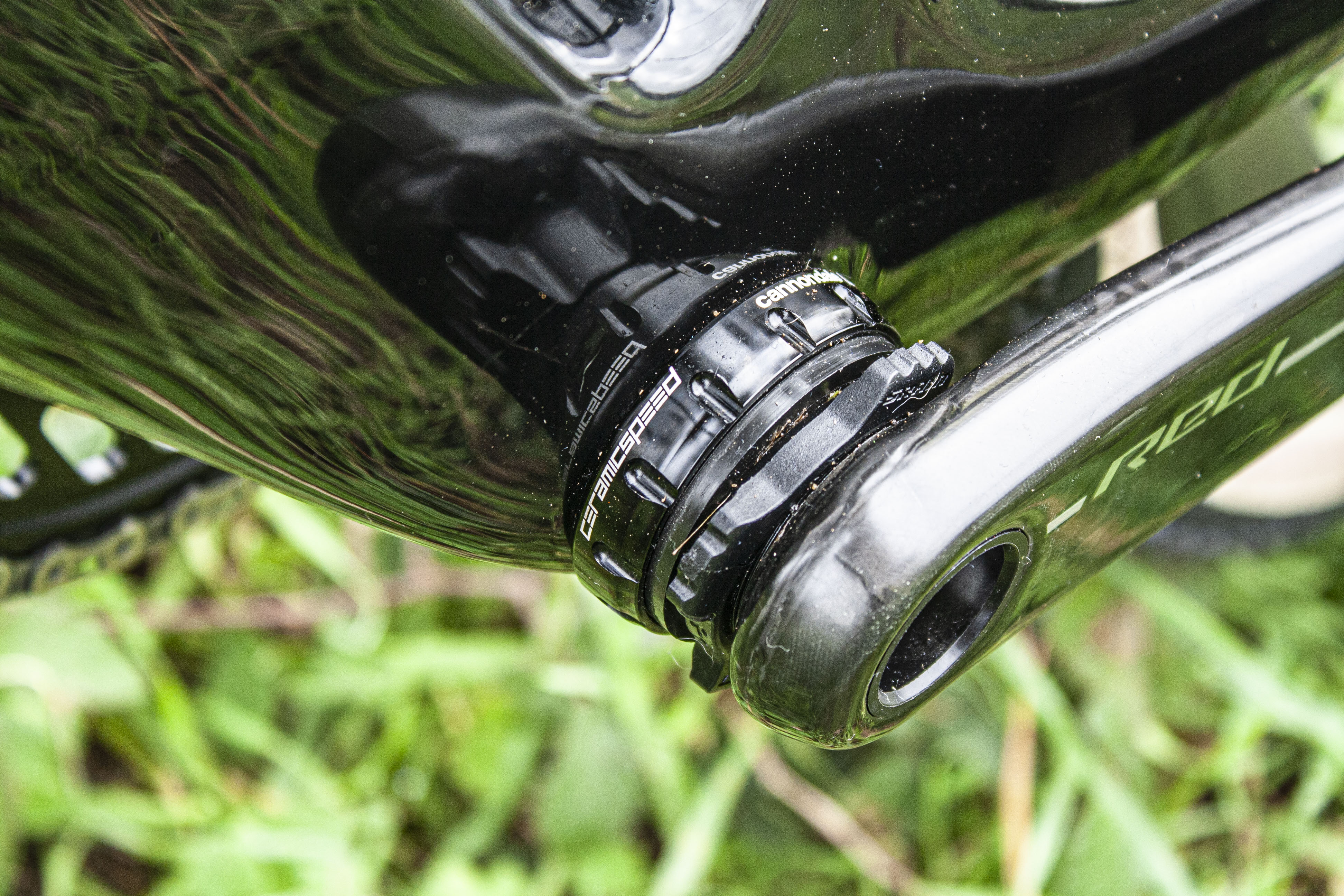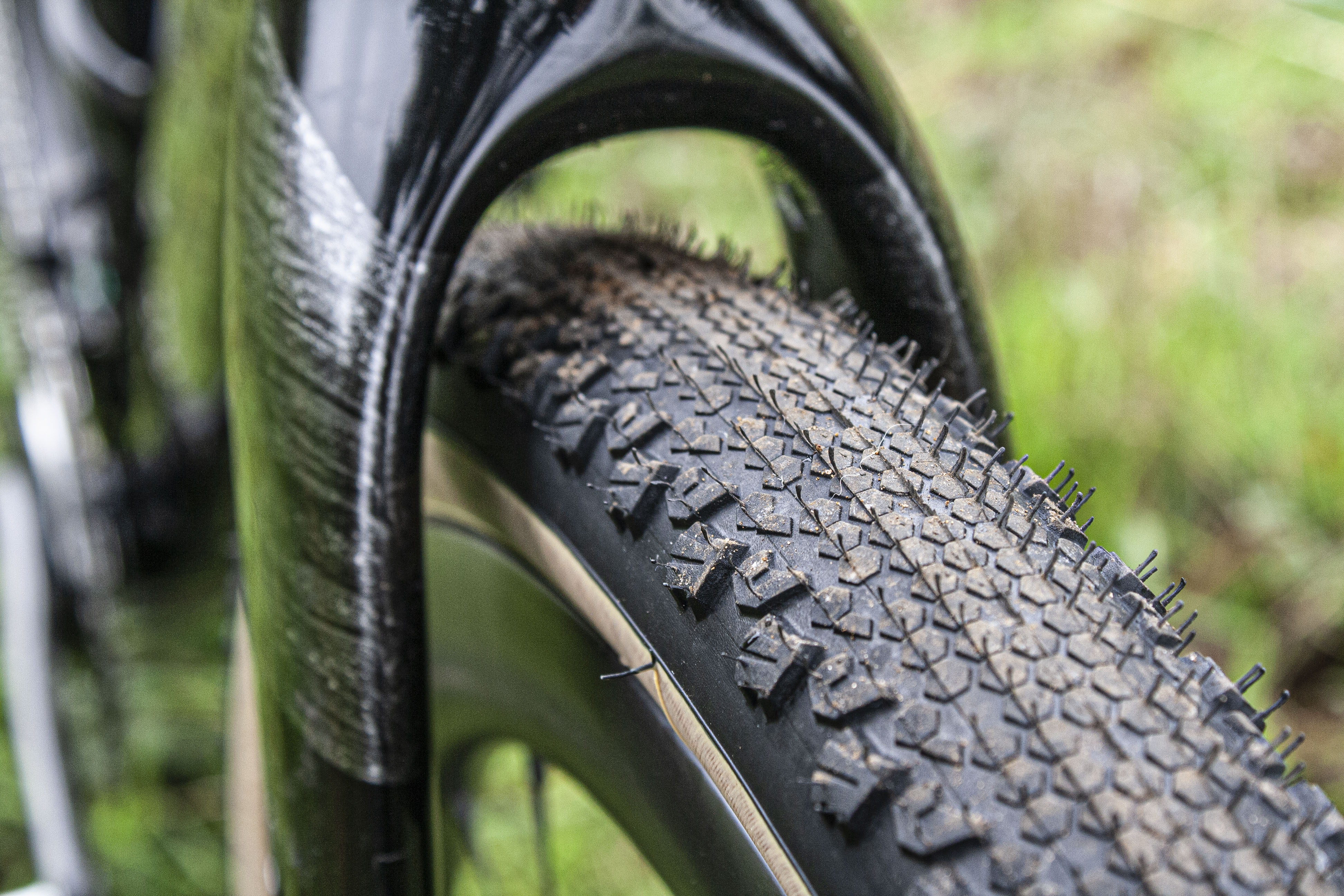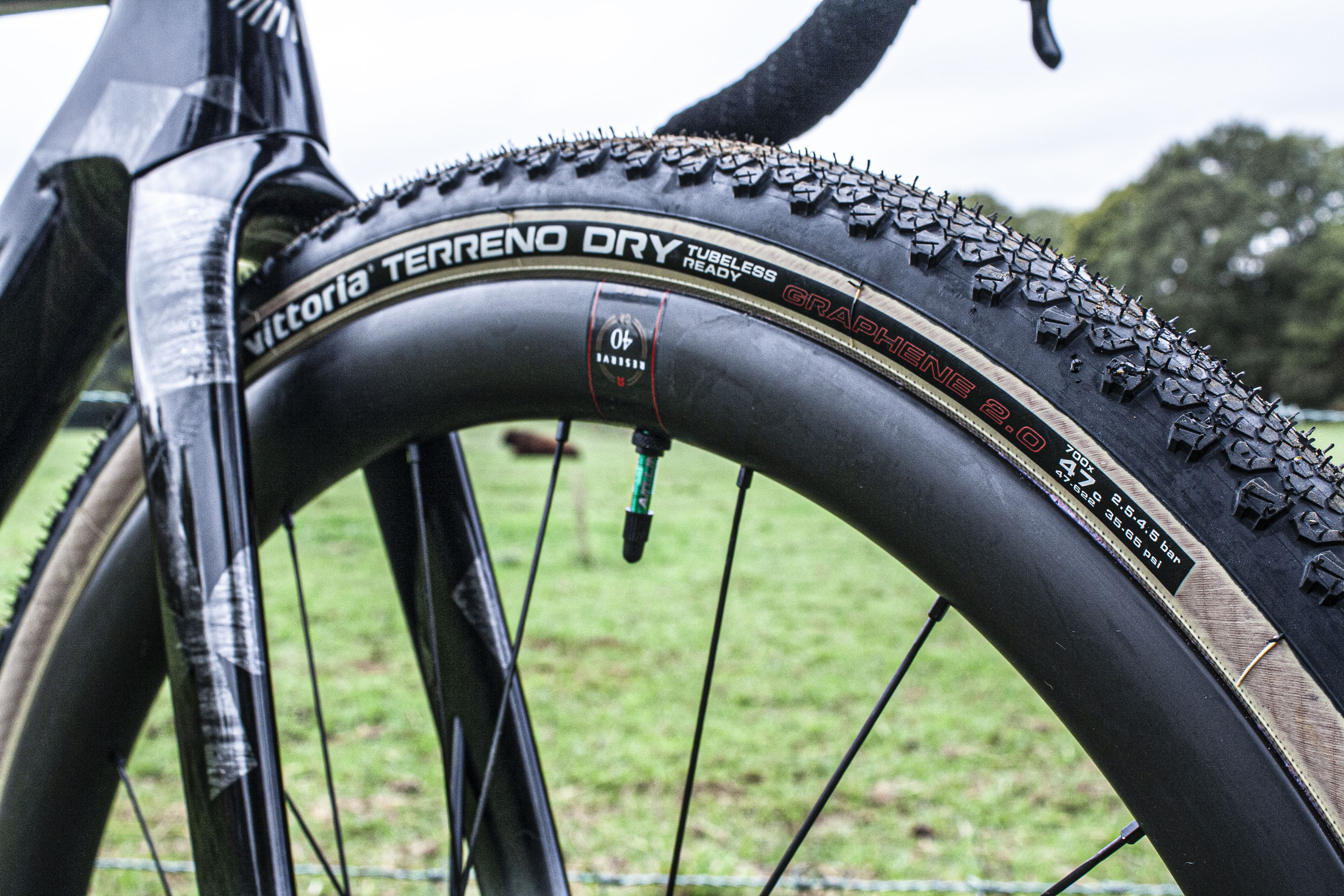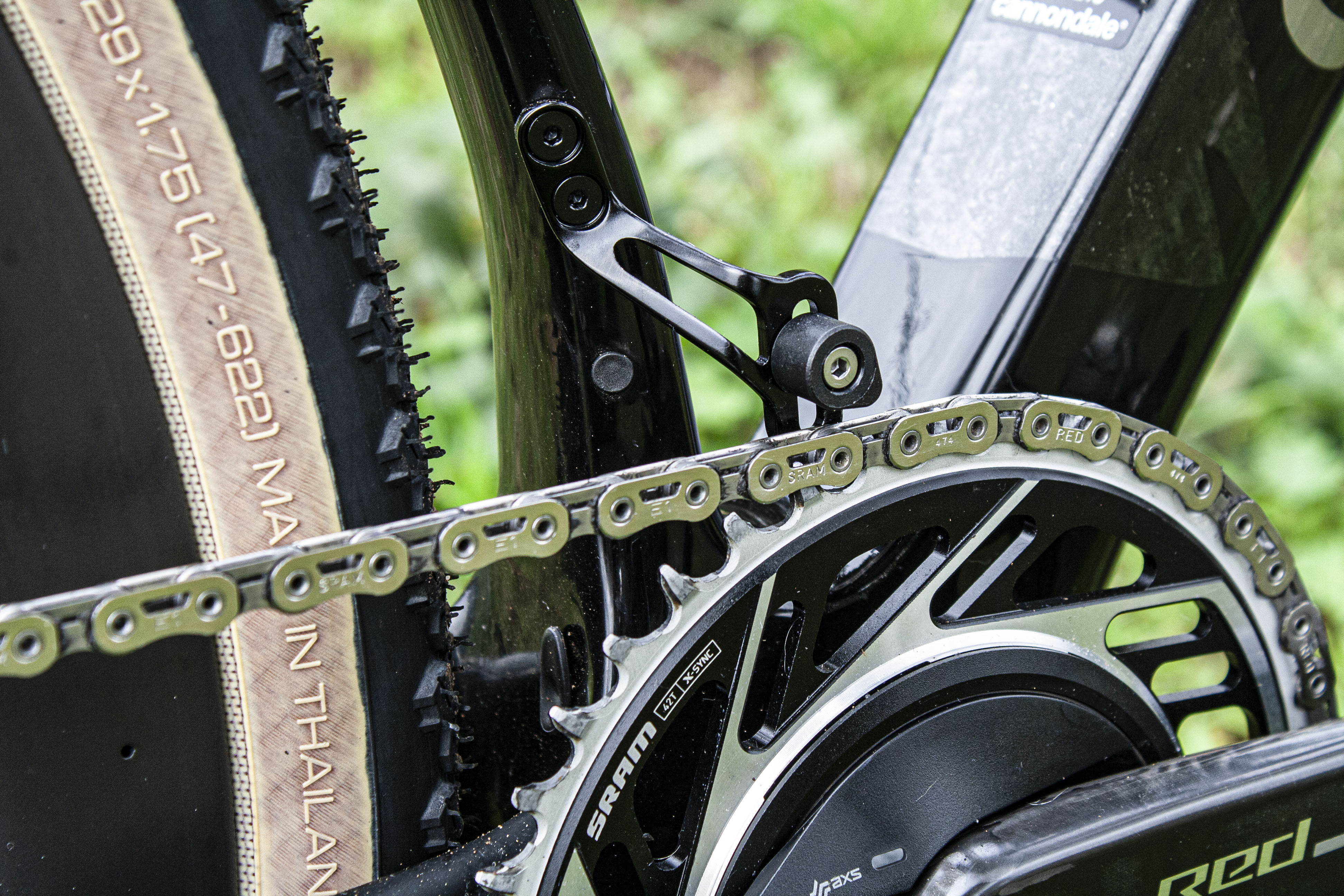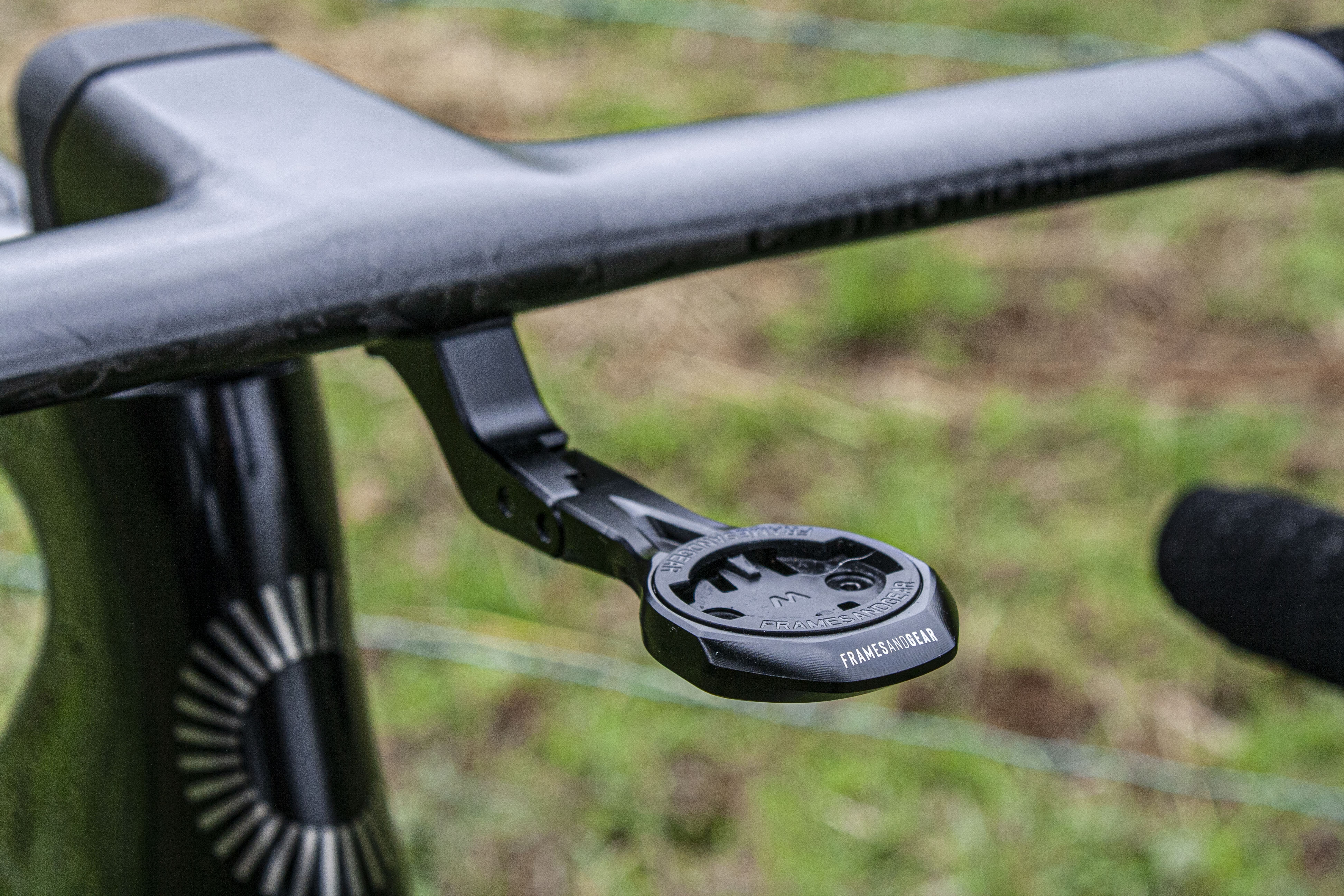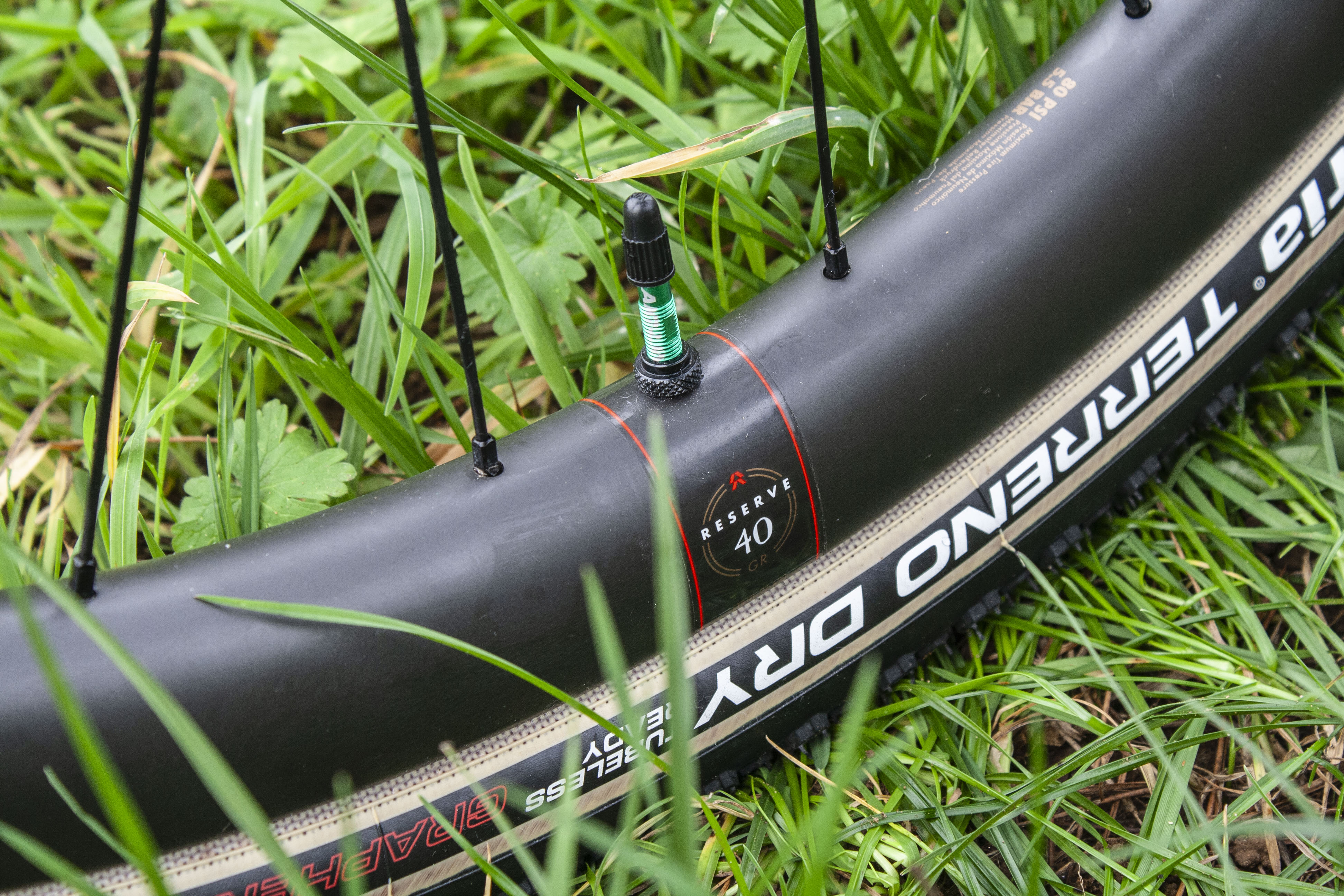I grew up in South Africa and cut my teeth mountain biking and completing gruelling events such as the Absa Cape Epic. African gravel cycling is not the same as its European equivalent and a lot of international riders fail to grasp the realities of the terrain on the southern tip of Africa. As a native, not even I’m immune to the possibilities that lie beyond every corner and crest, but there are some things you can prepare for.
Sand. It’s usually very deep and comes out of nowhere, sometimes going on for kilometres. Sniper thorns the size of conkers that hide in that very sand – stay away from any grass, too, as that’s also a hotbed for smaller thorn clusters. Rocks as sharp as a knife, jagged enough to cut through your tyre, and hard enough to crack your frame and wheels in half. And I haven’t even got to the weather and sauna-like temperatures. Wildlife? That’s standard, mate. These animals are usually of the horned buck variety that make a habit of tackling you mid-stride like a rabid Eben Etzebeth. Fans of the Cape Epic will know this all too well.
The SuperX’s geometry isn’t too far removed from the SuperSix Evo. It;s a gravel race bike designed for speed, rather than all-out comfort
(Image credit: Aaron Borrill)
In search of the perfect gravel bike platform
After testing a raft of the best gravel bikes over the past 12 months, I narrowed my choice down to three options, carefully weighing up the pros and cons of each platform. These bikes included the Specialized Crux, Cube Nuroad, and Canyon Grail – but none of them truly hit the spot, and I failed to connect with them in a gravel setting. This forced me to continue my search. As a fan of the current Cannondale SuperSix Evo platform, I thought long and hard about whether the newly launched SuperX would make the cut and decided to take a look at the bike in detail.
Securing a unit, any unit in fact, was going to take some haggling, but UK distributor Saddleback agreed to loan me the only display sample of the SuperX Lab71 on the island, which just so happened to be in my size, too. My stars were aligning, but I still needed to check if the geometry would work in an off-road setting and whether the setup and (brilliant) stock componentry needed any tweaks.
The SuperX factor
As expected, the SuperX immediately felt familiar to me. The geometry is not too far removed from its SuperSix brother, but a slightly more relaxed 71-degree head angle, shorter chainstays (422mm), and a longer wheelbase (1,020mm) have added more control and stability to the platform. As the Lab71 model, it utilises Cannondale’s Halo Series 0 carbon layup, which balances stiffness and compliance with a low system weight. The result is a responsive bike that climbs as well as it munches miles on the flats. Claimed weight without pedals and standard 40mm tyres is 7.2kg. I’ll share the final weight of my build at the end.
Furthermore, the SRAM Red XPLR AXS 1x setup, comprising a 42T chainring and 10-46T cassette, delivers a gearing sweet spot that is good enough to crank up steep climbs and easily hit speeds of up to 50km/h on the flats without any hamster wheel-like cadence.
I also love the MOMO Cannondale SystemBar R-One bar. I’m a big fan of a one-piece bar-stem configuration, particularly for off-road riding, as this reduces the risk of the bar rotating in the stem when hitting a rut at speed. This has happened to me before on a descent, and it’s frightening and could have easily led to serious injury. This integrated bar arrangement also provides a smidgeon of comfort and makes the package feel cohesive and communicative.
After just two rides, I was convinced the SuperX was the bike to use for the Gravel Burn. As mentioned above, it essentially feels and rides like my SuperSix, which is a huge win given how much time I spend racing and riding that bike. I made no changes to my fit and have even used the SuperX on a few chain gangs and long road rides, with road wheels fitted, of course. In terms of components, the bike was not perfect, and I needed to make a few minor changes to ensure it would deal with the unforgiving terrain and hostile features I’ll be facing over the 800km/11,000m route.
What I kept, what I tweaked and why
Touchpoints are, without a doubt, the most essential aspect of any bike setup, as these three areas provide the comfort and support you require for long distances. Failure to ensure these areas meet your needs can result in extreme discomfort and even injury.
I kept the integrated SystemBar R-One handlebar and bar tape as is – it’s just perfect, but I thought long and hard about long-term comfort and control, particularly hand fatigue after days of rough terrain and sphincter-clenching descents. To this end, I fitted a pair of 3D-printed Avec AerGrips – essentially flexible TPU shims that sit under the bar tape on your drops. These not only enhance ergonomics but also provide extra cushioning for the hands. They have proved to be a game-changer for me.
While I considered changing the stock Fizik Vento Antares 00 saddle, the more time I spent on it, the more I grew to appreciate the comfort and support it provides. I kept the saddle.
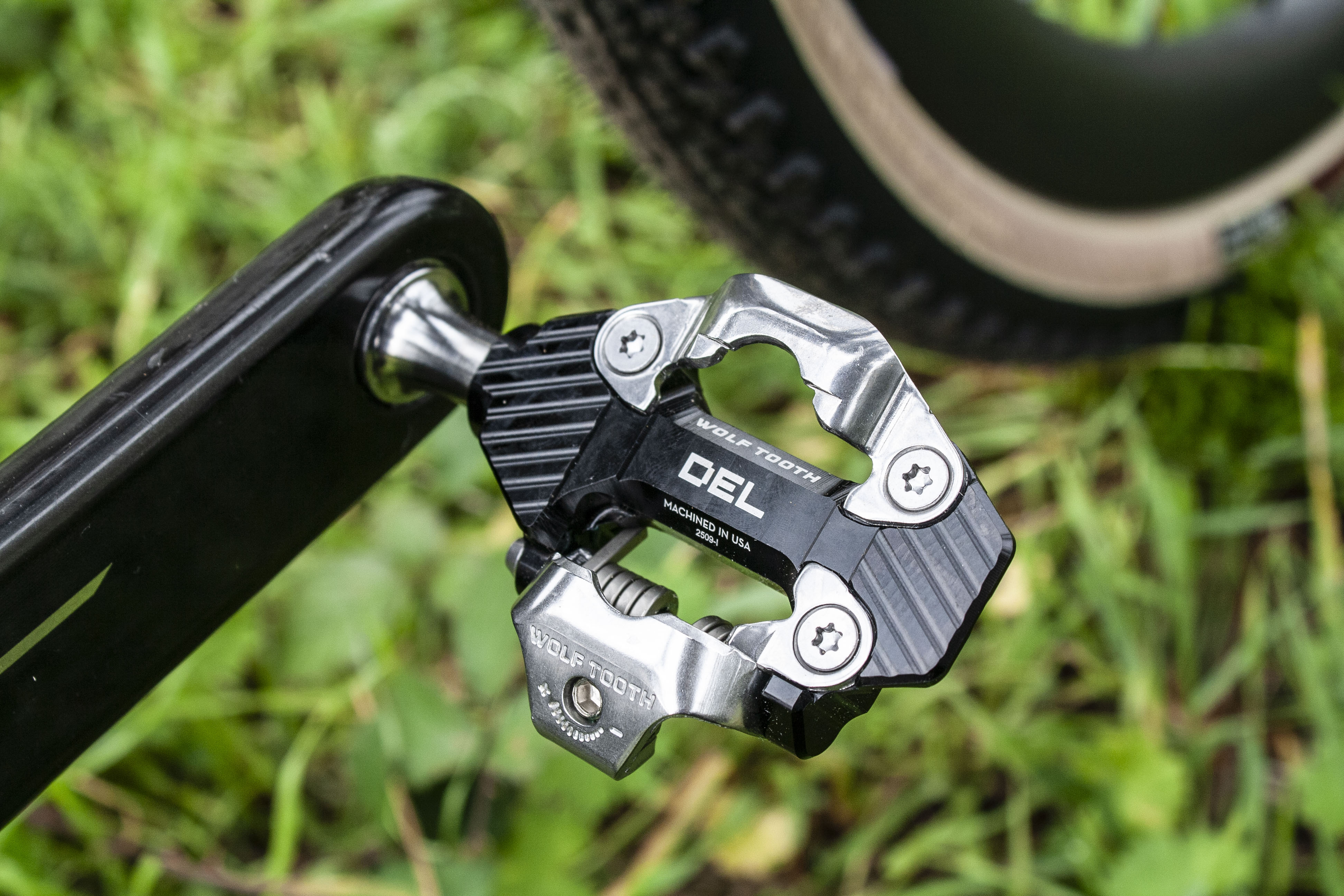
Wolf Tooth’s Del Gravel pedals are both aero and light, weighing over 100g less for a pair than the Shimano equivalent
(Image credit: Aaron Borrill)
Pedals were a tricky decision. Should I go for a lighter, more aero road bike pedal or go for a more durable, mountain bike-style option? My heart said go with the road pedals, but my head said, ‘mate, this is South Africa – don’t be stupid.’ I listened to my head and pulled out my trusty Shimano XTR M9100S, as these particular pedals are durable and relatively light, and able to withstand rock strikes comfortably. But then another idea popped into my head… The newly launched Wolf Tooth Del Gravel Race pedals. At 107g a pedal, they’re over 100g lighter per pair than the XTRs and have a more aero design and slightly wider platform, so I popped those on.
The most crucial touchpoint is that of the tyre. Not only do tyres represent the only point of contact with the road, but they are also responsible for grip, speed and comfort. The Reserve 40/44 GR carbon wheels came wrapped in Vittoria Terreno T50 700x40c tyres as standard. One of the best gravel bike tyres, sure, but something I felt was way too narrow. I elected to keep the make and model, but upgrade to the Terreno T30 47c model with a semi-slick centre tread and knobbed shoulder. The extra volume afforded by this width allowed me to reduce the tyre pressure and ultimately improve speed, comfort and traction. I also tested the same Terreno T30 in both 50c front/rear and 50/47c front/rear formats, which I felt were too wide, especially since some of the stages are going to be fast. The tyres are topped up with Muc-Off sealant.
Owing to the reality of puncturing over the seven stages at Gravel Burn, I also experimented at length with tyre inserts. I fitted some Vittoria Air-Liner gravel inserts, which let me reduce the pressures under 20psi front/rear but removed communication considerably, resulting in a numb wooden feel from the tyres. While these would potentially work if I were going to be racing uber-technical one-day gravel crit course, I felt the added grams and poor feel would penalise me overall. So I ditched them but kept the high-flow Vittoria Multiway valves.
Other minor additions include a Framesandgear out-front computer mount and a chain keeper to ensure the chain stays put over rough terrain. Other hacks include taping a Pirelli PZero TPU smarttube, two CO2 cartridges and some heavy-duty tyre plugs to the toptube. I’m also going to be running just one bottle cage, offset by a USWE hydration pack.
The total system weight? 7.78kg.
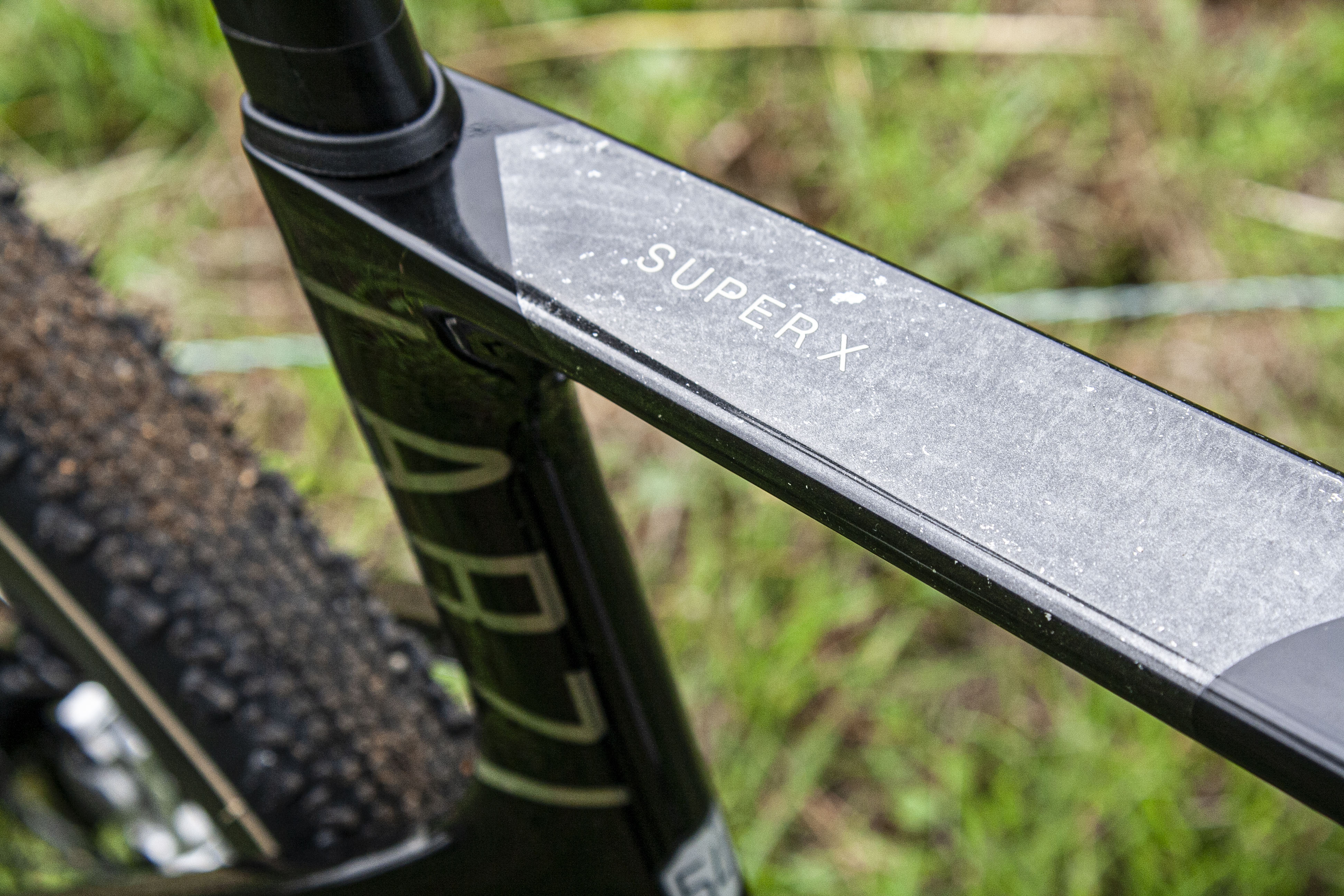
Mark of the best – SuperX Lab71
(Image credit: Aaron Borrill)
I think I’ve managed to cover all bases with this setup and feel it represents a balanced build considering the race at hand. Whether or not my legs show up for the event, we’ll have to wait and see, but for me, Gravel Burn is going to be more about the journey and less about the destination for change.
There is some fantastic scenery to take in not to mention a chance to spot the Big Five (lion, cheetah, buffalo, elephant and rhino) in all their glory, so – yes, of course I’ll give each stage the odd dig but I’ll mainly look to enjoy the beauty of my home country, which I haven’t visited since 2019.
What do you think of my Gravel Burn racing rig? Let me know in the comments below.
Explore More

